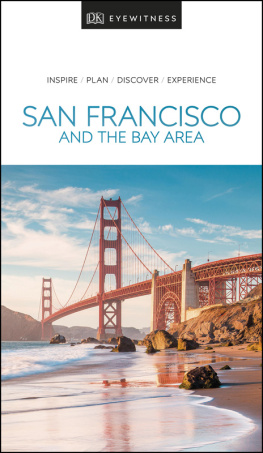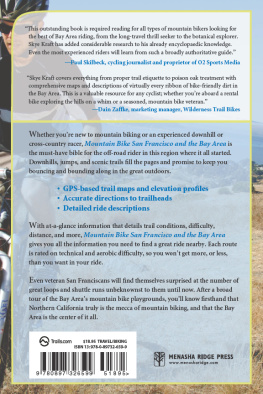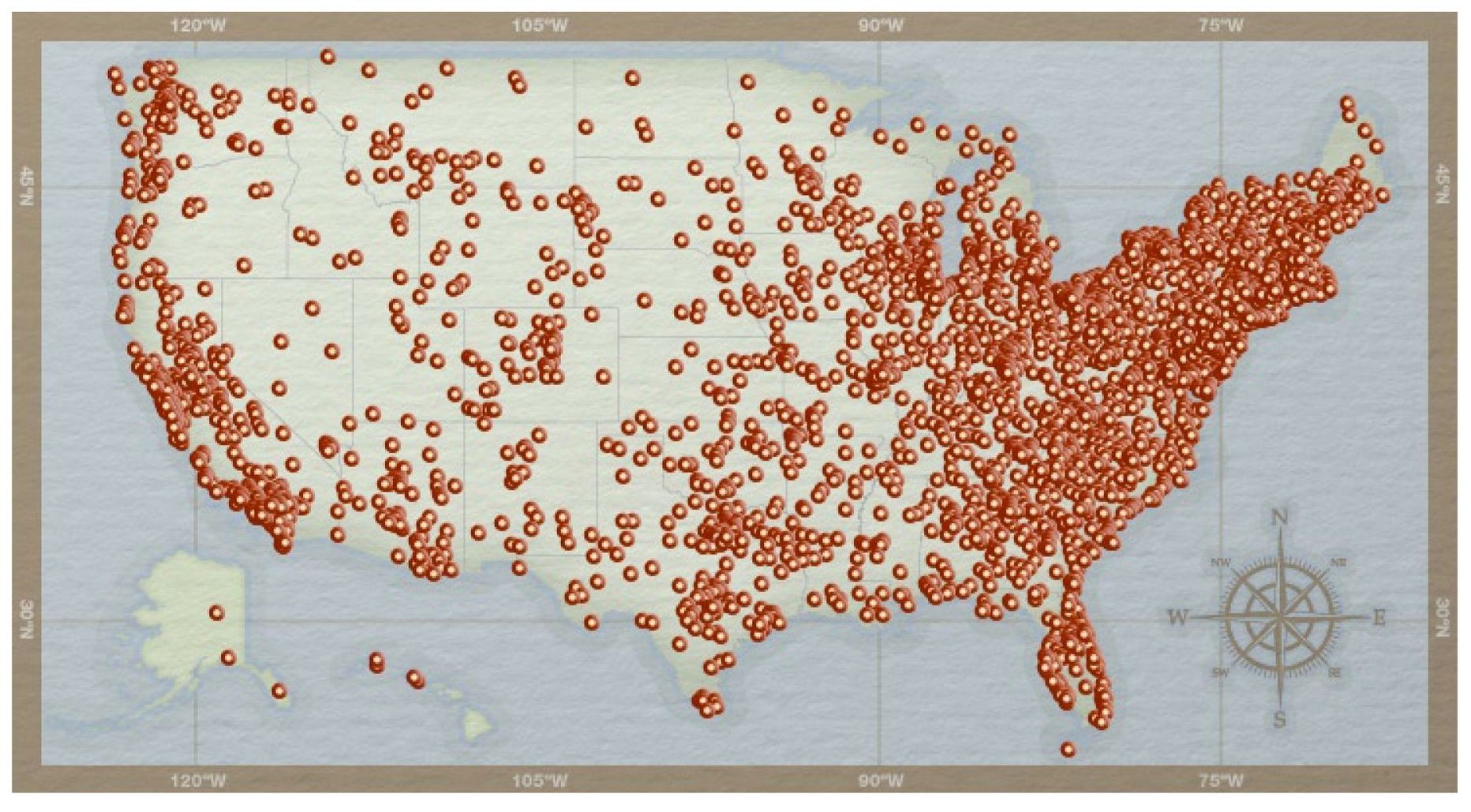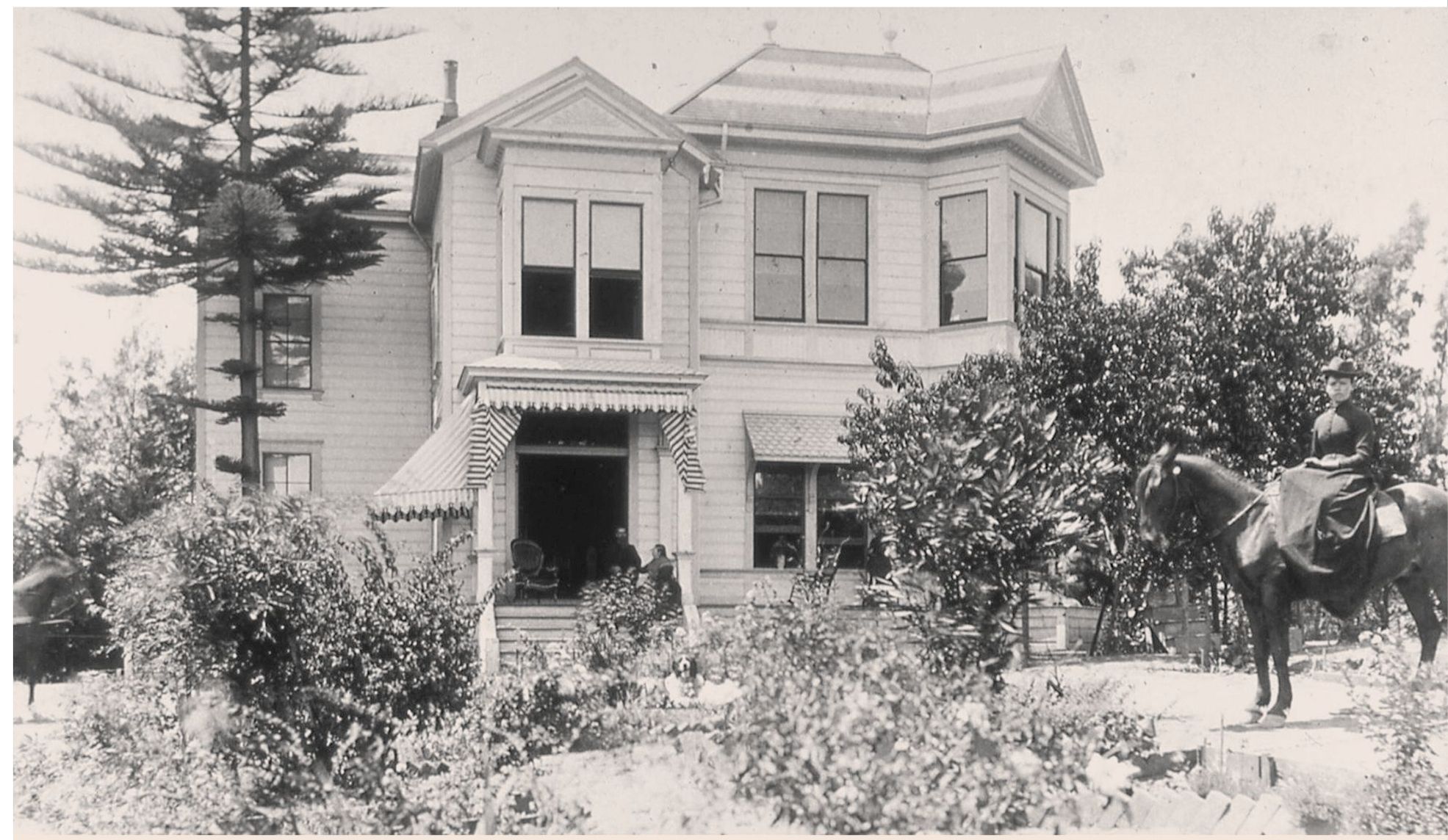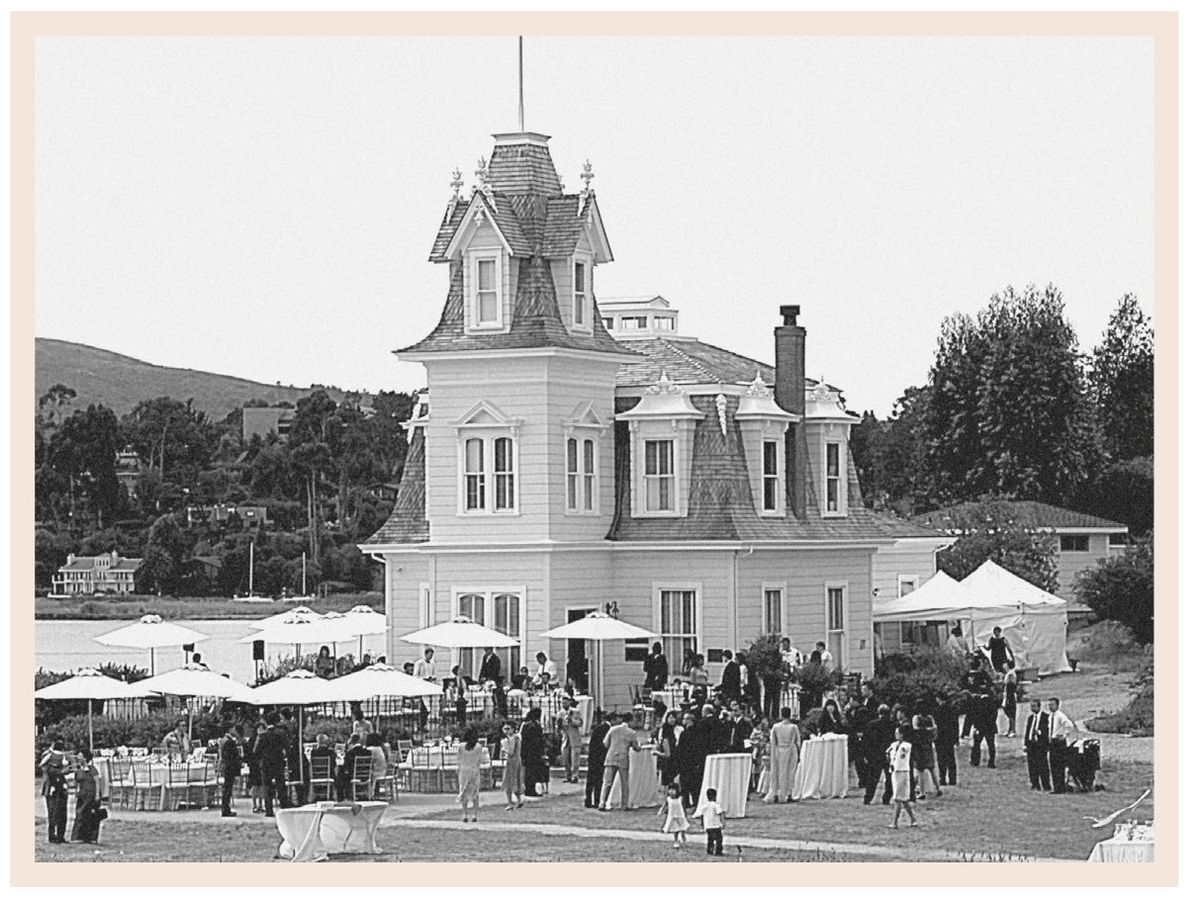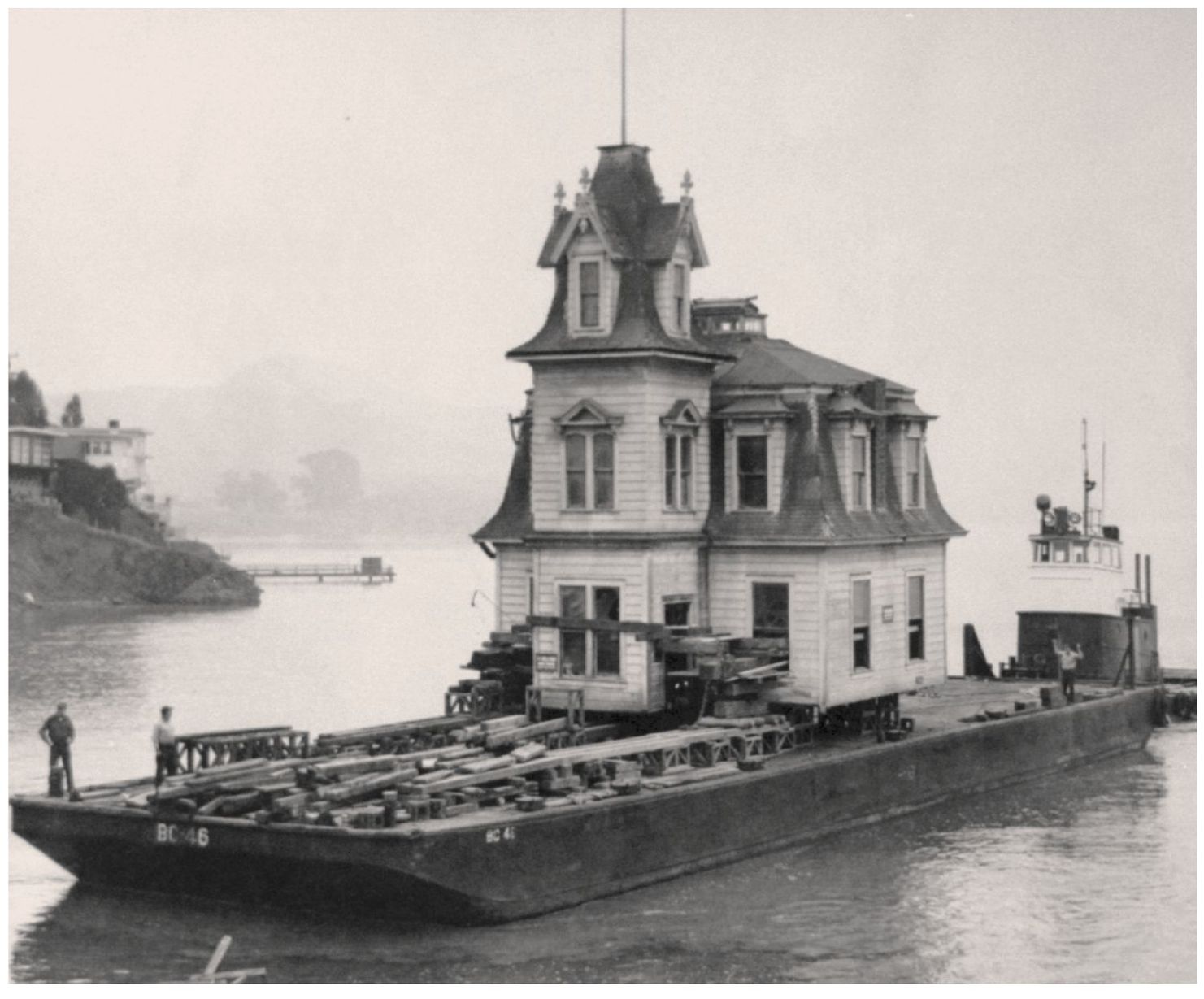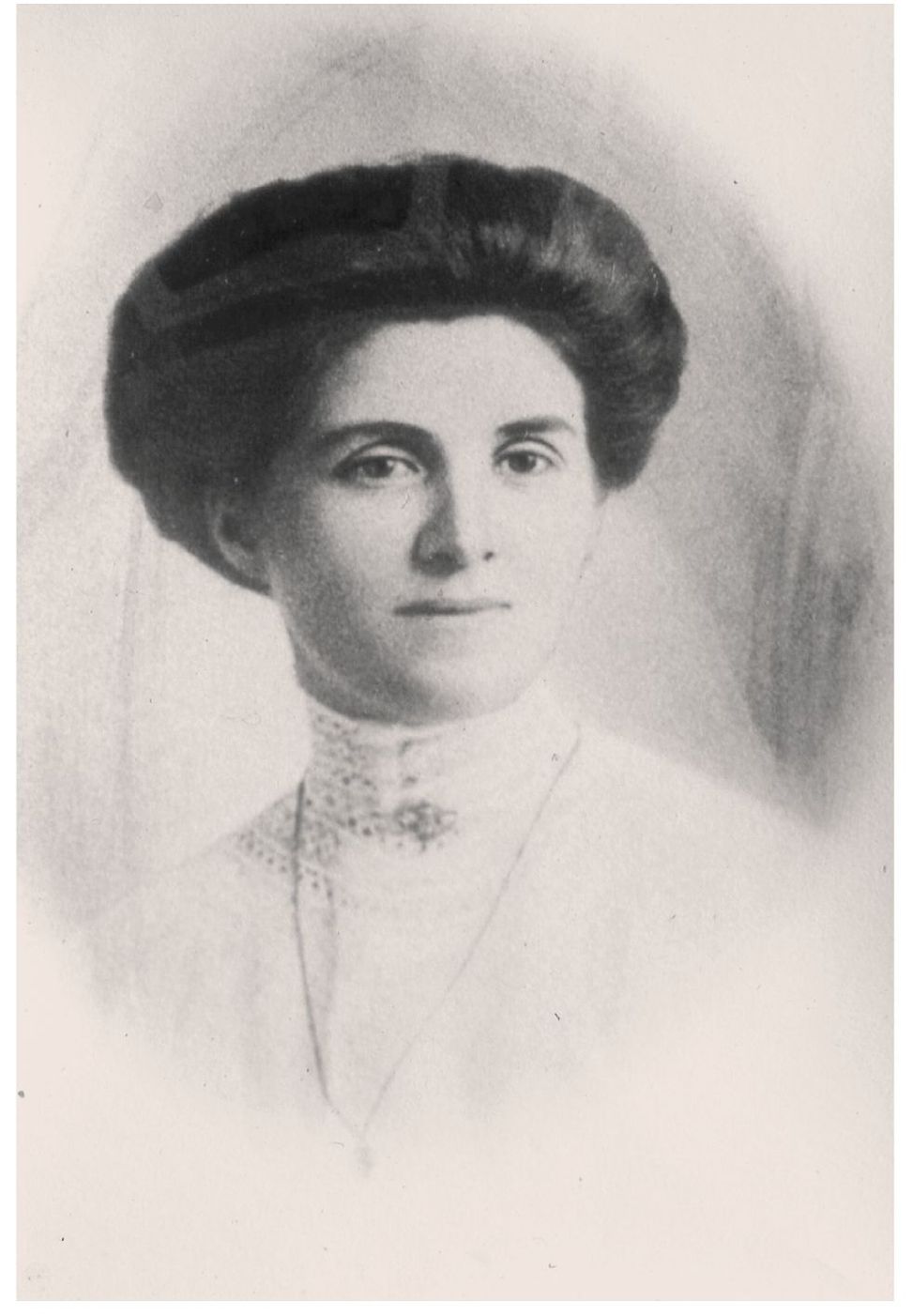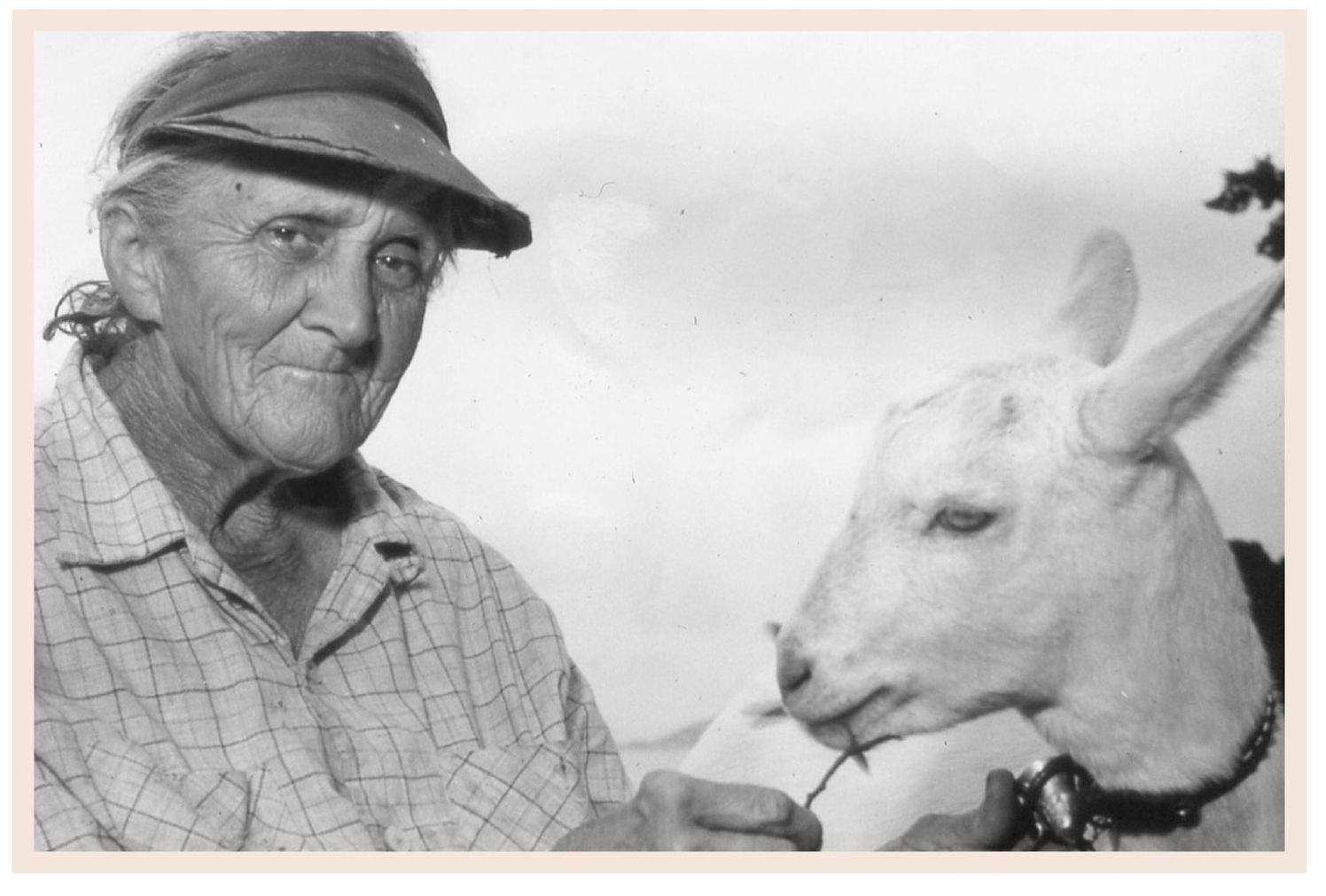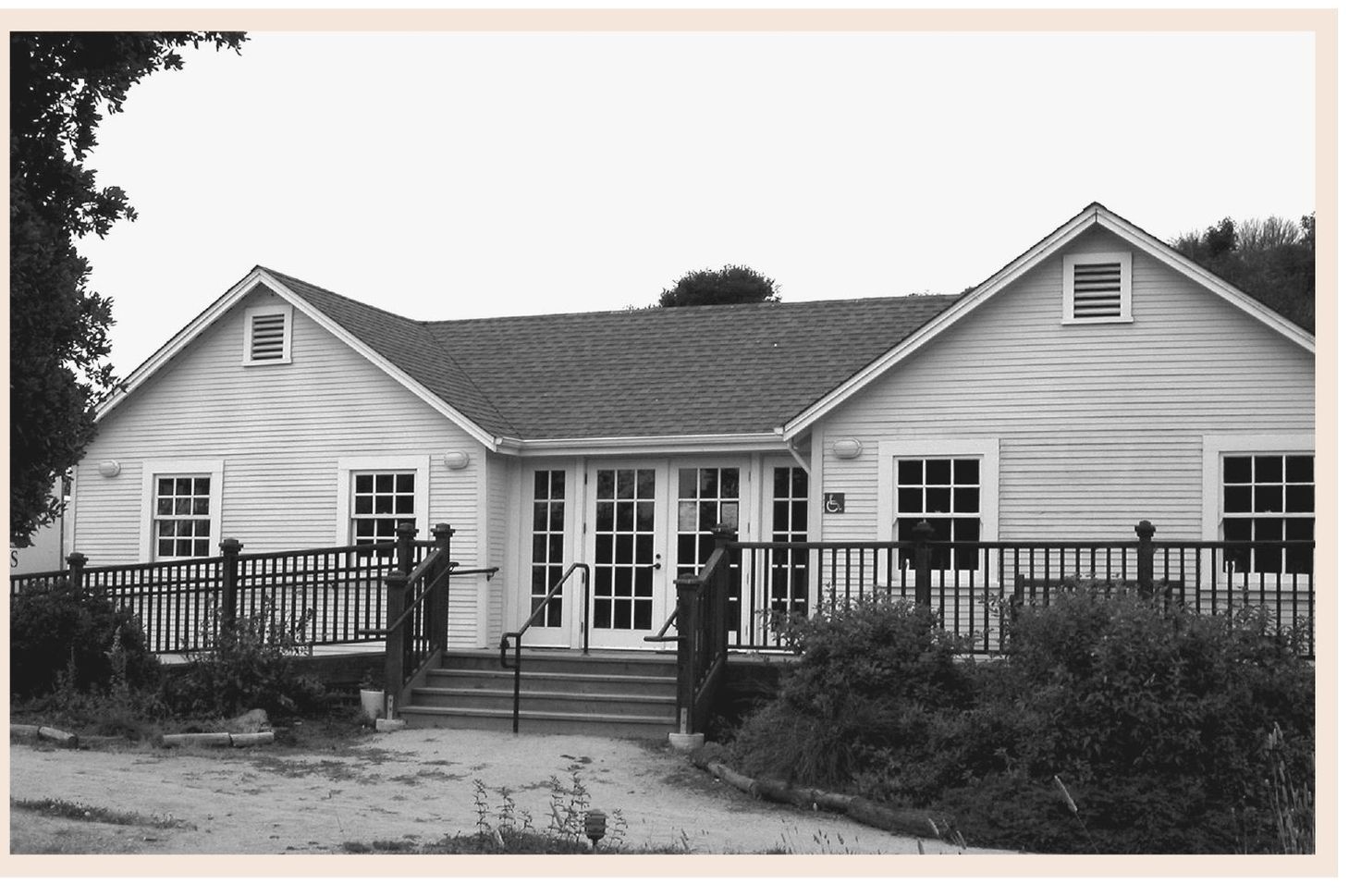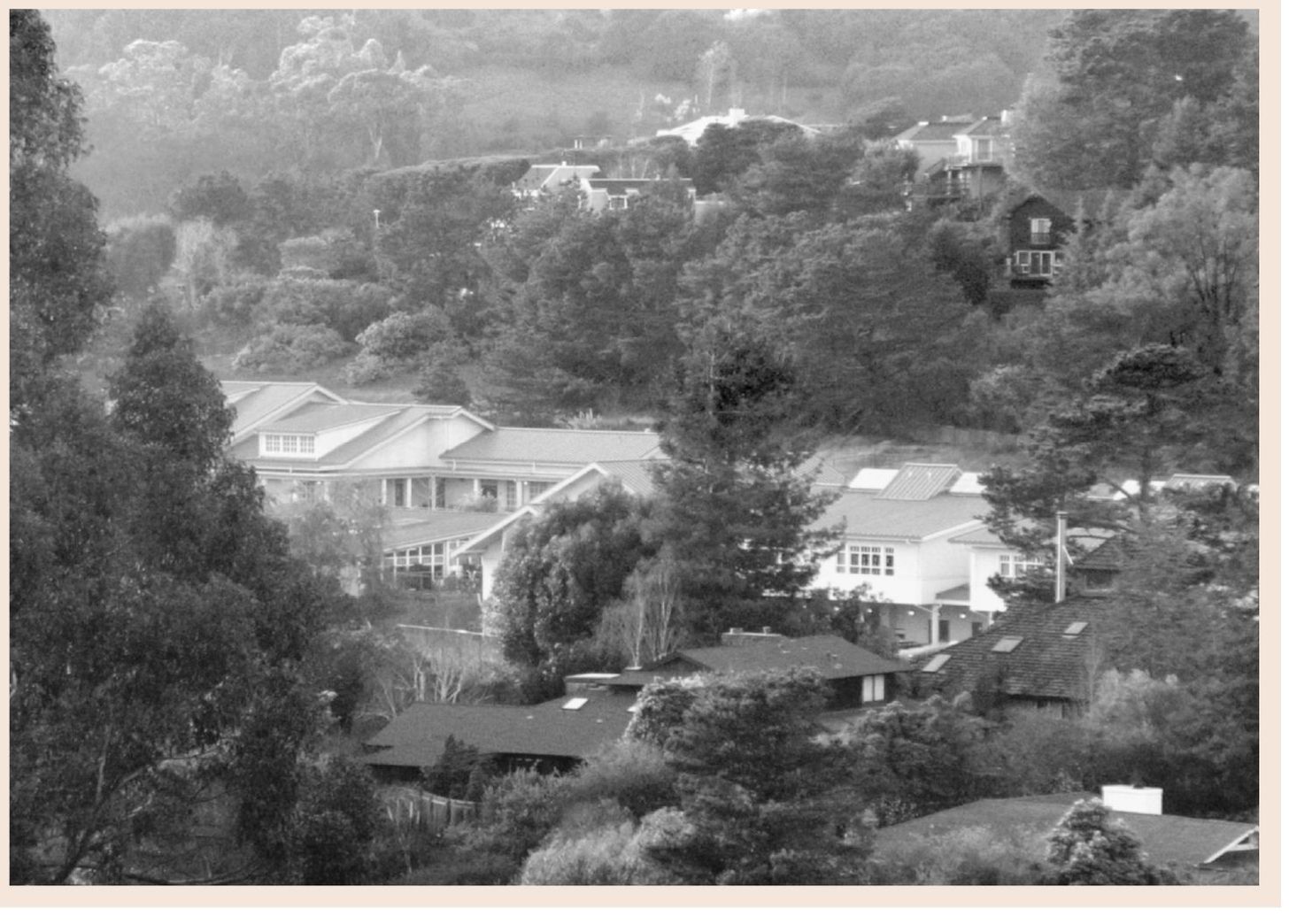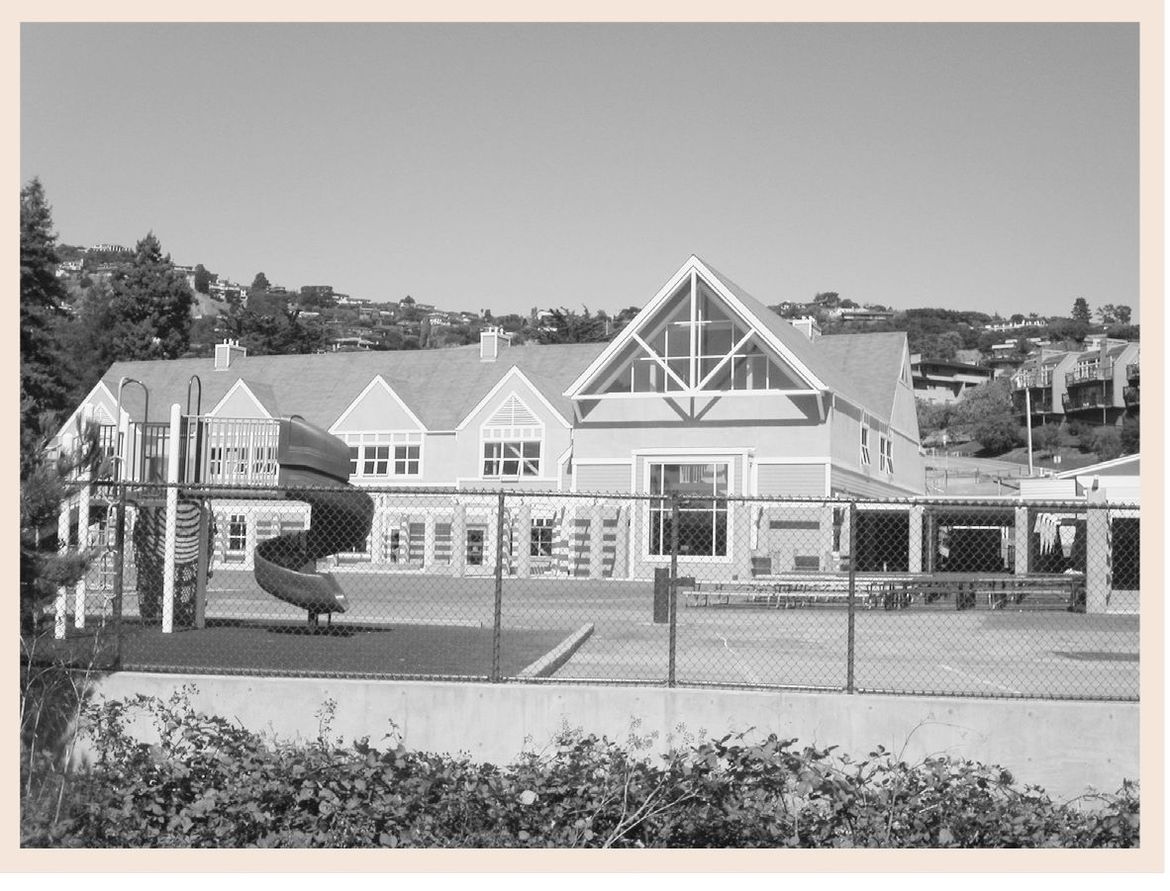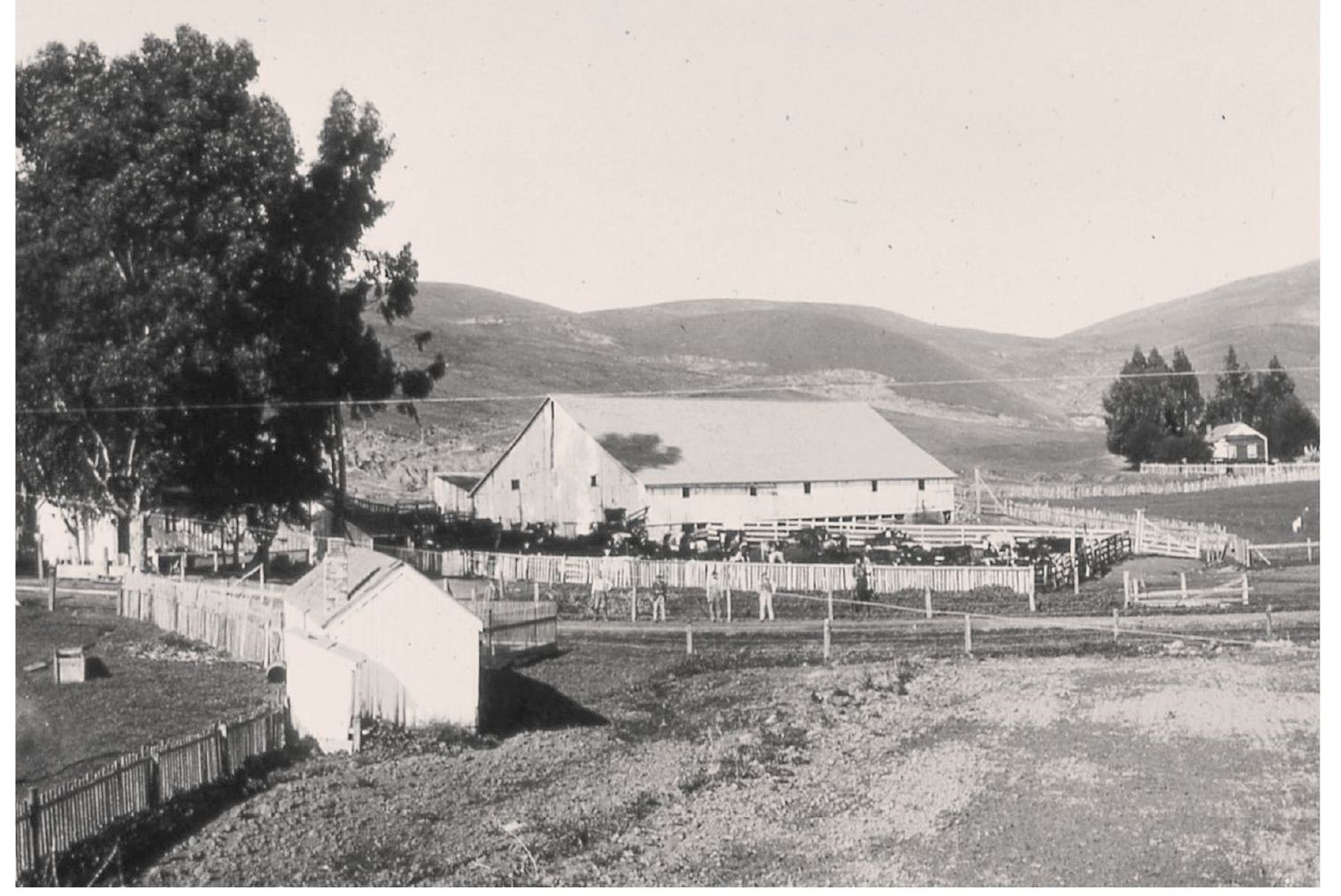ACKNOWLEDGMENTS
There are 165 photographs in Then & Now: Tiburon and Belvedere . Each has dual historical significance. The object or scene in the photograph is important in our communitys history, and the photograph has a history of its own. Who took it? How has it survived many years of moving and change? What technologies were available to the photographer? We have incorporated prints made from century-old glass plates to the latest digital cameras.
Unless otherwise identified, all of the Then images in this book are from the Archives of the Belvedere-Tiburon Landmarks Society. We are all indebted to the late landmarks photographer Phillip Molton for collecting and preserving hundreds of photographs contributed by residents and some visitors who realized that their photograph albums could be valuable to historians.
Piper Berger, a trained archivist, spent many years collecting and organizing the material. Dave Gotz, collection manager of the landmarks society, has spent the last year or two digitizing the mass of visual material found in the various collections in the archives, making it possible to find a subject and get a print in rapid order. The Heritage and Arts Commission of the Town of Tiburon provided support when needed. The Then photographs of Angel Island are from the Collection of the Angel Island Association except where noted. Chris Morrison lent his knowledge of Tiburon history in the finding and identifying of locations.
I will have to take the credit, or the blame, for most of the Now images. After selecting a Then subject, capturing a mate was not easy considering the changes in buildings and the growth of vegetation as time passed, but it was a fascinating exercise.
As a longtime resident of Tiburon, I must also thank the members of the Reed family, long gone, who did not sell their beautiful ranch lands to the highest bidder, as did many of their contemporaries, but rather saved it, which made it possible for later residents to convert it to parks and open space.
And then there is the anonymous gentleman around 1990 who pushed a small stack of photographs, held together with a key ring, into my hand commenting that I might find a use for them someday. They neatly filled the gap between the railroad days and postwar development.
Find more books like this at
www.imagesofamerica.com
Search for your hometown history, your old
stomping grounds, and even your favorite sports team.
CHAPTER 1
THE RANCH ERA
From this Victorian home, three generations of Reed family members watched over the development of the Tiburon peninsula. Built by John Joseph Reed, this home was where his son John Paul and daughter Clotilde, pictured on her horse, lived their entire lives. Clotilde still owned more than 2,000 acres of Tiburon when she died in 1940. The house was demolished in the 1960s.
John Thomas Reeds daughter, Hilarita, married Dr. Benjamin Lyford. They built a large Victorian Gothic house on the Strawberry Peninsula. In 1957, the house was threatened with destruction and, as the oldest surviving residence in Marin County, it was saved and barged to the site of the Richardson Bay Audubon Center and Sanctuary in Tiburon. After extensive restoration, the Lyford House became the center for many community activities and weddings.
Rose Verrall, the daughter of a Portuguese dairy worker, became a great favorite of John Paul Reed, the bachelor son in the Reed family. His aunts and sisters would not let her into the house. Before he died, John Paul gave Rose 10 acres, where she lived and raised a small herd of goats. Rose lived the rest of her life in a ramshackle cottage on her land, ignoring the many offers for the valuable waterfront property. Rose became famous locally and was known as Rosie, the Goat Lady.
Rosie and her goats were a familiar sight in Tiburon as she walked to nearby shops or just took her charges out for a stroll. She finally gave the property to the Marin Conservation League. It became the headquarters of the Richardson Bay Audubon Center and Sanctuary, which also consists of 900 acres of environmentally important wetlands. Rosies cottage was rebuilt into a classroom for environmental studies. Bay-area schools bring busloads of students for nature classes.
Dairy cows covered the beautiful rolling hills of the Tiburon peninsula for almost 100 years. Central to each of the three main ranch operations was the dairy barn, where the cows came each day for milking. As subdivisions replaced ranching, the need for schools grew, and the dairy sites were available. The Bel Aire School, pictured here, was first opened in 1960 and was almost completely replaced by 2007. Grades three through five are taught here.
The Hilarita Dairy became the site of the Reed School, serving kindergarten through second grade. Hilarita Reed Lyford inherited the land from her father, John Reed, along with 1,000 acres on the east end of the peninsula. This school was also rebuilt from the ground up in 2007. The former Belvedere and Tiburon schools were converted to senior housing upon completion of the Reed Union School Districts three new schools.





